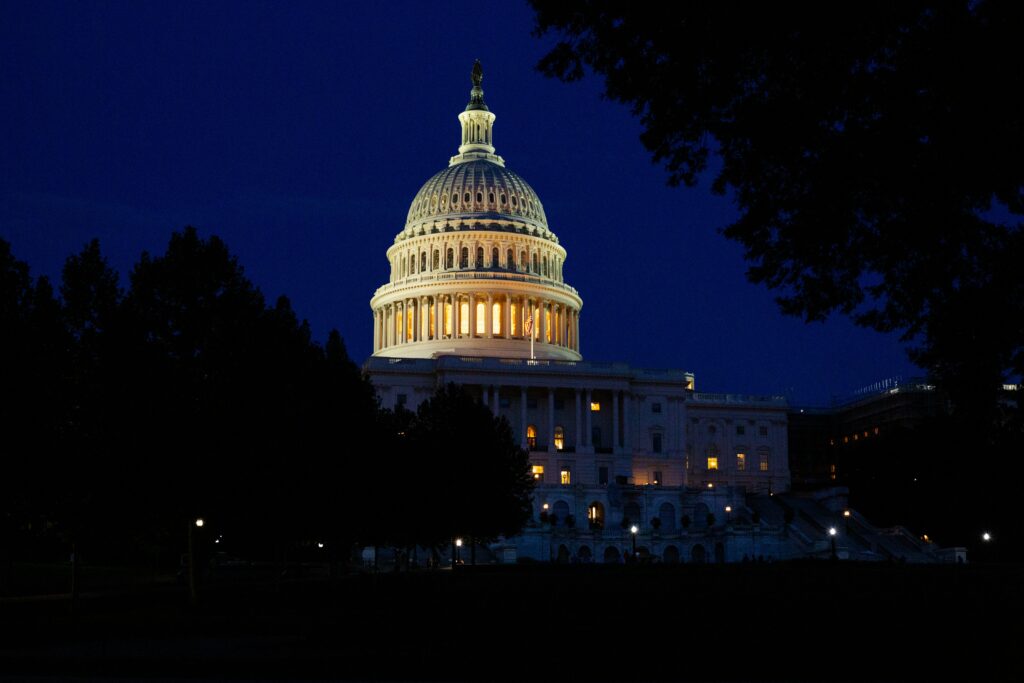
Published Date: June 14, 2025
Disclaimer: This article is for informational purposes only and is based on available expert forecasts and policy discussions as of mid-2025. It does not represent political advice or endorsements.
Introduction
As artificial intelligence (AI) continues to transform every aspect of our lives, it is rapidly becoming a powerful force in political campaigns. After the pivotal 2024 US elections revealed both the potential and the perils of AI in politics, experts are now closely watching how these technologies will influence the 2026 midterm elections.
This article explores the expected uses of AI in campaigns, the risks to electoral integrity (like disinformation and cyber threats), and what policymakers, tech firms, and voters can do to protect democracy.
1. AI’s Expanding Role in Campaigns and Voter Engagement
1.1 Advanced Voter Profiling with Data Analytics
Political campaigns in 2026 are expected to rely heavily on AI-powered data analytics to segment voters more precisely than ever. Using demographic data, browsing behavior, and voting history, AI systems can help campaigns identify persuadable voters and craft microtargeted messages that resonate on a personal level. This trend builds on tactics observed during the 2024 cycle.
1.2 Personalized Content Generation
Generative AI tools are increasingly being used to automate the creation of campaign content—from emails and social media posts to policy summaries. Companies like Salesforce and HubSpot report that political marketers now use similar tools for scalable outreach, drastically reducing manual workload while improving personalization.
1.3 AI Chatbots for Voter Support
Some campaigns and election boards are deploying AI-powered chatbots to answer voter FAQs in real time, such as how to register or where to vote. Government pilots and private sector initiatives show promise in delivering 24/7 assistance to voters at scale.
2. Critical Risks to Election Integrity
2.1 Deepfakes and Synthetic Misinformation
One of the most pressing threats is the use of deepfake technology—AI-generated videos or audio clips that impersonate candidates, spread lies, or fabricate events. These tactics are harder to detect and more persuasive than traditional misinformation. The AI Now Institute and Stanford HAI have both published warnings about this growing danger, while CISA continues to monitor such threats.
2.2 Bias and Voter Manipulation via Algorithms
AI systems often inherit societal biases present in their training data. This can lead to discriminatory ad targeting or voter suppression—either by excluding certain groups or feeding them emotionally manipulative content. These practices can polarize the electorate and undermine democratic fairness.
2.3 AI-Driven Cyberattacks
AI is also being weaponized to enhance cyberattacks on election systems. Sophisticated algorithms can probe voter databases, manipulate reporting dashboards, or simulate social engineering attacks. According to CISA, state-level infrastructure remains a critical vulnerability.
2.4 Voter Trust and Information Overload
As AI-generated content floods the internet, discerning fact from fiction becomes harder. According to the Pew Research Center, public trust in news sources and political information is declining, raising concerns about increased voter disengagement.
3. Emerging Safeguards: Government, Tech, and Civil Society
3.1 Regulatory Developments
While the U.S. lacks a national AI law tailored for elections, some states like California and Texas have begun passing deepfake disclosure laws. At the federal level, bills such as the AI Disclosure Act of 2024 are under discussion, aiming to mandate transparency in AI-generated political ads. The Congressional Research Service (CRS) continues to analyze these initiatives.
3.2 Tech Industry Tools and Standards
Big tech firms are rolling out new tools to counter AI-driven disinformation. Meta, Google, and OpenAI now label AI-generated content and are part of the Coalition for Content Provenance and Authenticity (C2PA), which promotes watermarking and content traceability.
3.3 Media and Fact-Checking Initiatives
Traditional media and independent watchdogs like PolitiFact, Snopes, and the Poynter Institute are evolving to use AI tools that accelerate fact-checking, enabling faster debunking of AI-generated fakes during fast-moving news cycles.
3.4 Election Officials and Cyber Preparedness
Election officials are investing in cybersecurity training, vulnerability assessments, and red-teaming exercises. According to the National Association of Secretaries of State (NASS), preparing staff to recognize and respond to AI-enabled threats is now a top priority.
4. Empowering the Voter: Staying Smart in 2026
In the face of these challenges, voters can protect themselves by adopting a critical and informed mindset:
- Question emotional content: Be wary of extreme or sensational messages, especially on social media.
- Cross-check information: Use multiple reliable sources like Reuters, AP, or BBC.
- Spot AI labels: Look for disclosure tags or watermarks on political ads or videos.
- Beware of deepfakes: If a video seems suspicious, check its metadata or run it through verification tools like InVID.
- Understand microtargeting: Know that you may be seeing messages tailored to manipulate your beliefs.
- Support trustworthy journalism: Platforms with editorial accountability help uphold election transparency.
Conclusion
AI presents a double-edged sword for the future of democracy. In the 2026 US elections, it may revolutionize political outreach—but it also threatens to erode public trust and integrity if left unchecked. The road ahead will require coordinated efforts from legislators, tech developers, civil society, and informed voters.
As Stanford HAI notes, “Technological innovation must be matched with democratic safeguards.” The next 18 months will be crucial in determining whether we can use AI to strengthen democracy—not weaken it.
About the Author
Sandeep is an independent writer and researcher who explores the intersection of technology, politics, and society. He is not a certified expert, but he relies on credible sources, policy reports, and academic insights to provide balanced and informative content. His goal is to help readers navigate complex digital trends—especially those that impact democracy and public trust.








